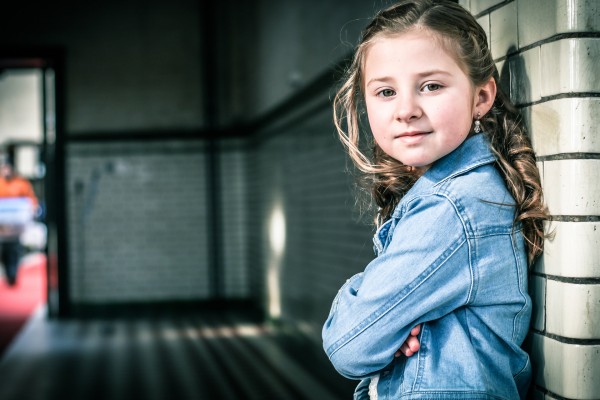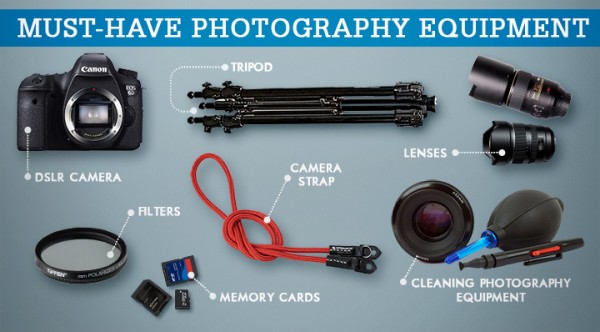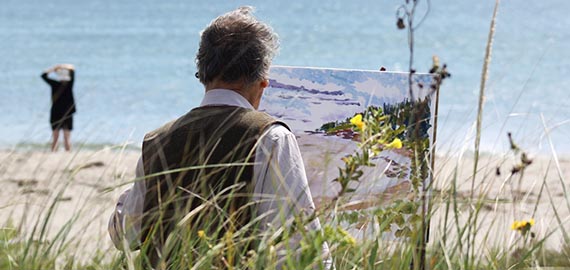There are several different types of photography to choose from, and while we can’t talk about them all, street photography is gaining in popularity. But with the popularity also comes an increase in competition, which means aspiring street photographers need to think seriously about their equipment.
This post will offer tips for what equipment you’ll need for a successful shooting session on the streets and give some pointers on how to take care of them before and after your shoot.
Camera & Lens

Back in the good old days, a camera was just a camera. As printing technology advanced, digital SLR cameras were born. This is where we are now: Digital SLR cameras are more sophisticated than ever before, featuring a wide range of features that can be placed on the front of your camera so you can shoot burst shots with fast action.
Use burst mode to catch the perfect moment and increase the dynamic range to show deep shadows and highlight details. With all these options, you need to think about what kind of camera you’re shooting with.
Will it be a mirrorless or a DSLR? If it’s a DSLR, make sure your lenses are compatible with your chosen camera body, as some can struggle when used with other bodies.
If you’re using an affordable camera, always make sure you have a good quality lens.
Yes, you can use the built-in lens, but it’s not going to be as clear as the specific lens you’ve chosen for that camera model. A good tip is to choose your camera body and then work out what lenses would work best with it rather than the other way round.
Shutter Release

A shutter release is important if you’re a street photographer who uses a tripod. By using one, you can keep your hands on the camera and have a firm grip while shooting to minimize camera shake.
A remote shutter release will also come in handy if you want to use long exposure times during daylight. It allows you to avoid bumping the camera or clicking on the shutter with your finger and causing a blurring in your photos.
Tripod

A tripod is a great piece of equipment, but you don’t always have to use one.
If you’re shooting during the day and there’s plenty of light, then this shouldn’t be a problem, but if you’re shooting at night or in low-light situations, then it can be helpful.
As with all equipment, make sure to have your tripod set up before you start shooting, and never use a shaky hand while setting up the tripod.
Filters and Accessories

If you’re a landscape street photographer, it’s important to think about filters before shooting.
For example, if you’re working with long exposures, some of your exposures might be too noisy if the light is too harsh, so using a UV filter can help to reduce this by absorbing some of the UV light. Also, some filters can block light or add light while creating an effect so that you can balance the sky and foreground in your photos.
External Flash

If you’re shooting street photography, it’s important to adjust your camera settings before you start shooting.
Under ‘Shooting Menu,’ choose ‘Flash Mode’ and select ‘Synchronize Speed.’ This should ensure that your flash is firing at the same speed across all your photos.
If you’re shooting with an external flash, make sure your camera is compatible with this. If you’re using a flash with a hot shoe, make sure it’s set to ‘Hot Shoe.’ It’s worth noting that extra batteries should also be used for your flash, as these can run out of power in between shots.
Camera Bag

If you’re shooting with a DSLR, it’s important to think about the camera bag you’ll use.
Depending on what equipment you’re carrying, this can make a big difference, as you can pick up camera bags that are designed specifically for mirrorless cameras or one that can carry a wide range of gear.
When choosing your bag, think about the weight of your entire kit. If you’re shooting with a mirrorless or an SLR, think about what lens(es) you’ll use.
For example, if you’re planning on shooting wide-angle street photography, then a bag with wide pockets will be best for your kit. If you’re going to be climbing up and down stairs or doing a lot of walking, consider getting a lightweight bag that’s easy to carry, as this will make a difference during your shoot.
Cable Release

A cable release can be a handy tool for shooting in low light conditions.
After every shot you snap, when you press the shutter button, this will release the shutter, after which the time will begin to countdown.
To avoid any confusion during your shoot, it’s always best to have someone else in your frame other than yourself so that they can dole out a small hand signal of whether the shutter was correctly released or not.
Memory Card

If you’re a street photographer, you’ll need to learn how to use a memory card.
This allows you to shoot when you want and not worry about running out of space on your camera’s memory card. If you’re shooting with a mirrorless camera, it’s worth checking your manual because some models aren’t compatible with SD cards.
Notebook & Pencil (Optional)

Let’s face it; sometimes, you don’t want to be lugging around a bag full of all this equipment when shooting, so it’s good to have a notebook and pencil to hand.
This allows you to write down your thoughts after every photograph, which can come in handy if you review your photos. If there are any points on the photo that you think could have been improved, make sure you’ve written them down.
Final Words
As you can see, street photography isn’t a quick process to get started on.
It would help if you spent some time getting to know your kit and learning the basics before shooting. It’s also worth thinking about how you will edit your photos once they’ve been shot.
To recap, these are the key points to think about when getting started with street photography:
This is a great day to practice taking photos and not worry about the rules.
It’s also a good opportunity to sit down at home and look at your photos from your last shoot.
After taking a few photos, pick one of them at random and think about what makes that photo so good and what you could do to improve it.
Take the photo again, but this time, the photo will seem faster even if you took it simultaneously.





